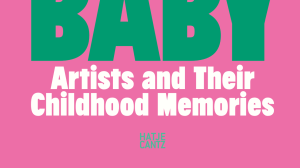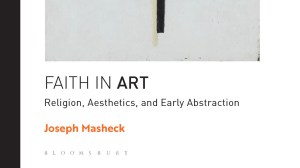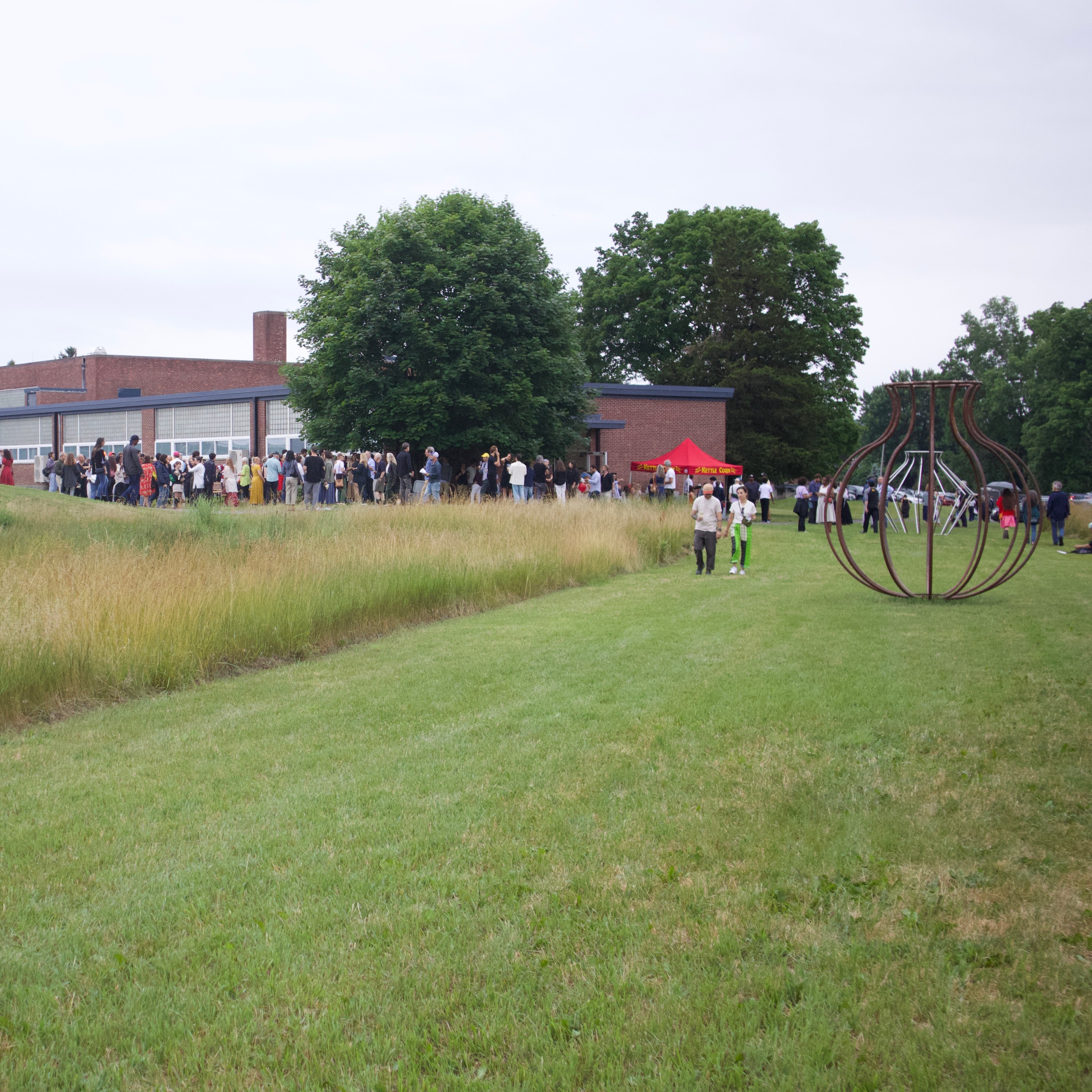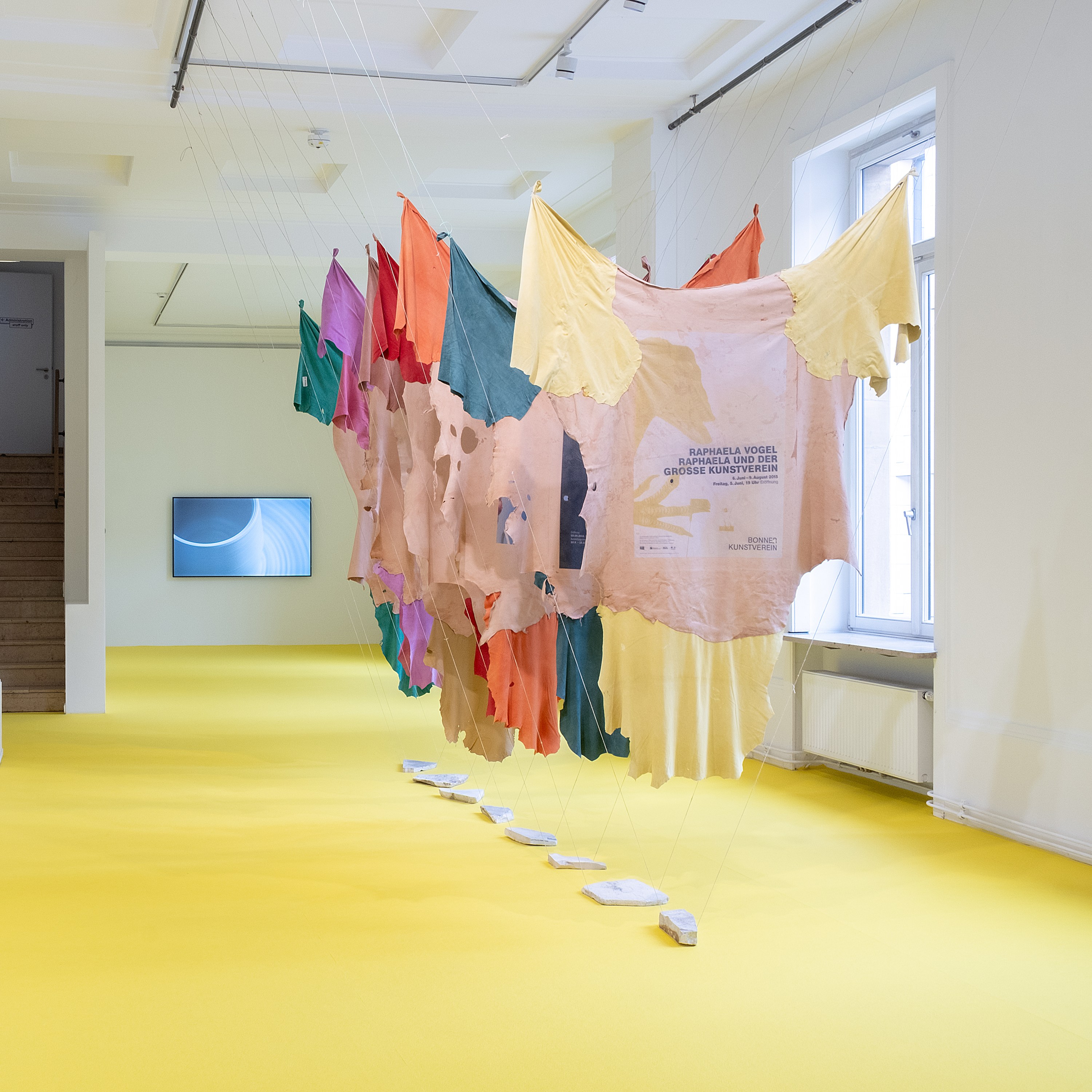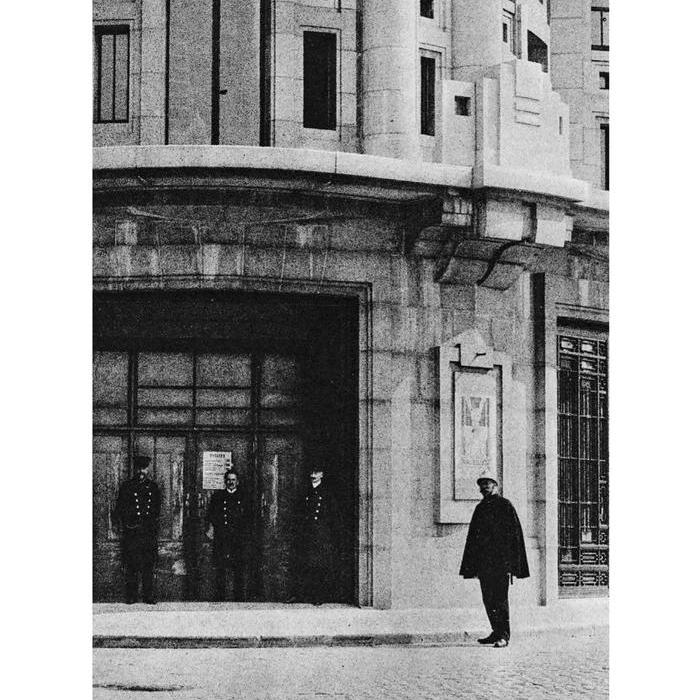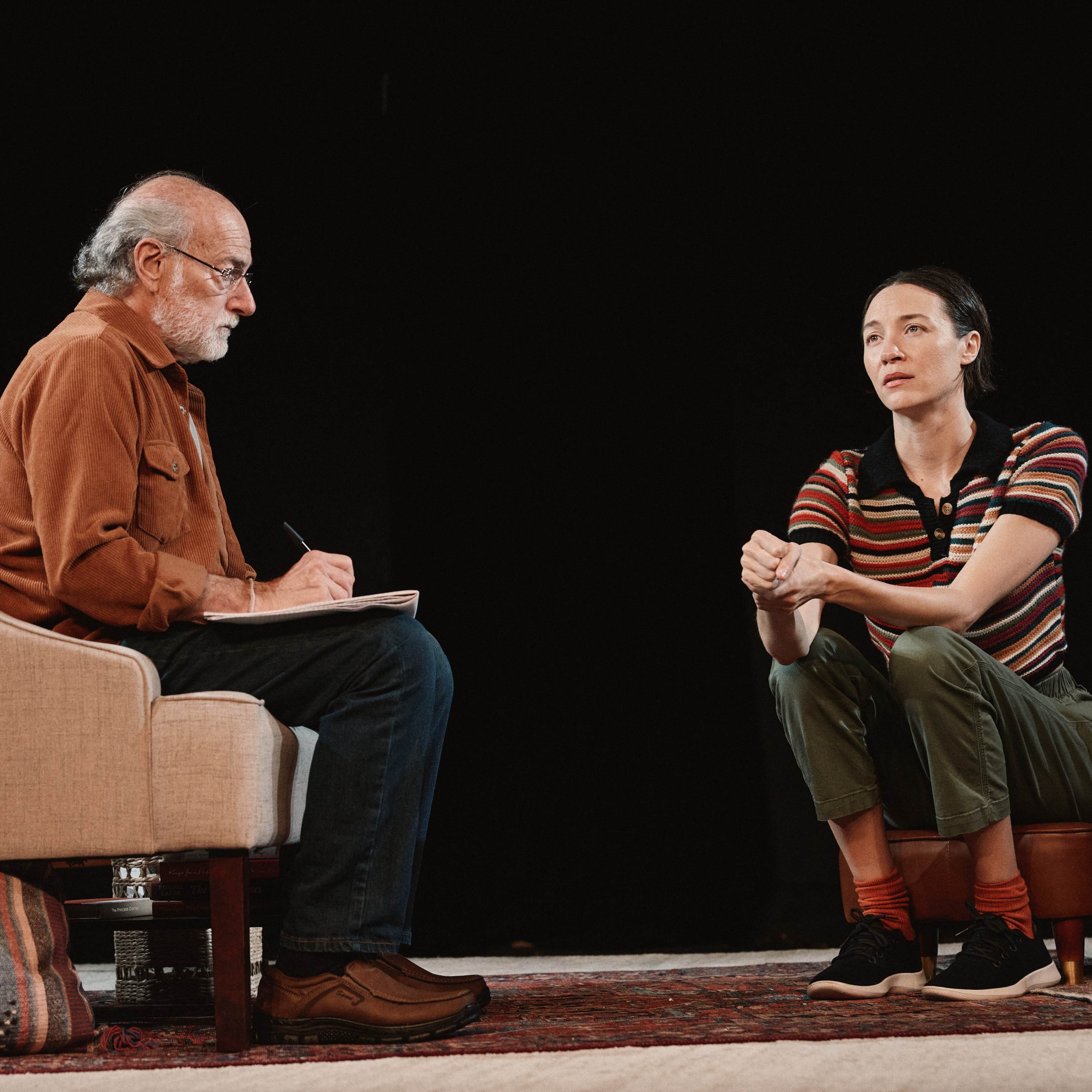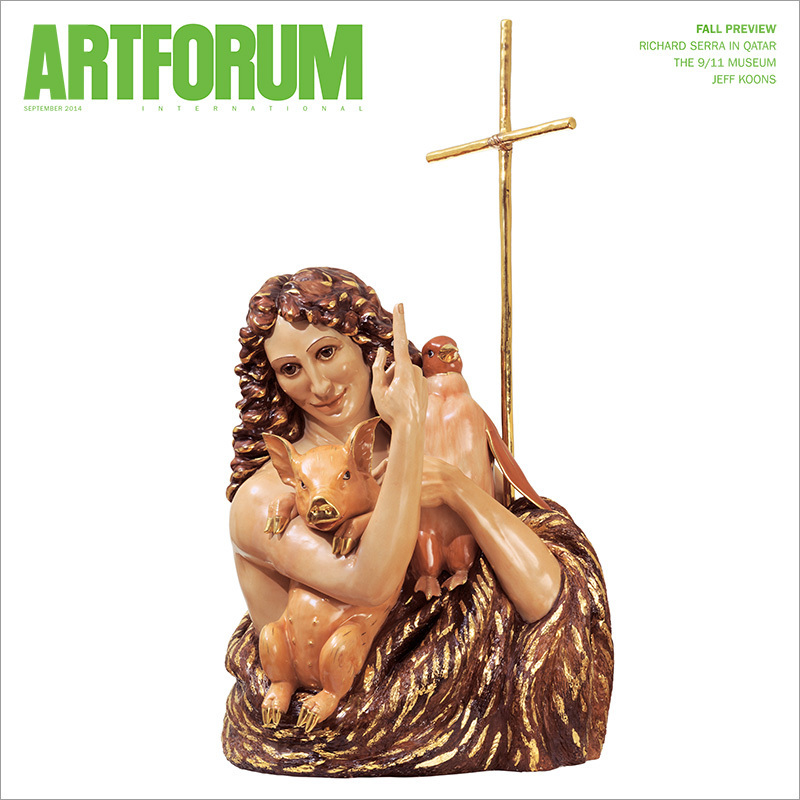By providing your information, you agree to our Terms of Use and our Privacy Policy. We use vendors that may also process your information to help provide our services.
THE LETTERS OF PAUL CéZANNE

CÉZANNE WOULD HAVE HATED THIS BOOK—and Artforum, and me, for reporting its existence.
Writing in April 1896, angry at “scoundrels who, for a fifty-franc article, have drawn the attention of the public to me,” Cézanne complained, “All my life, I have worked to be able to earn my living, but I thought that one could paint well without attracting attention to one’s private life. Certainly an artist wishes to improve himself intellectually as much as possible, but the man should remain obscure.”
Cézanne was then fifty-seven, and the reverberations of his first solo exhibition were continuing unabated. Since his showing of seventeen works almost two decades earlier, in the Third Impressionist Exhibition of 1877, only three of his paintings had been seen in Paris; now, this past winter, Ambroise Vollard had exhibited some 150 on a rotating basis. This made Cézanne the artist famous, and a cult of Cézannisme grew apace, fueled by published accounts of conversations with him on his philosophy of painting that took place up to a few months before his death in 1906. (These were collected in the excellent anthology Conversations with Cézanne, edited by Michael Doran, published in French in 1978 and in English in 2001.)
Yet even as his art and ideas became widely debated in the art world, Cézanne the man remained relatively obscure—on occasion spoken of as unknown, invisible, or even dead. In that complaining 1896 letter, he referred to himself as “the man who does not exist.” And the man didn’t really exist to the audience of his art until 1937, thirty-one years after his death, when John Rewald, the founding father of Cézanne scholarship, assembled some two hundred of the artist’s letters, tracking them down from their recipients and their descendants through long and laborious archival research. An English-language edition followed in 1941, with an unfortunate translation by Marguerite Kay, and a revised, enlarged fourth edition in 1977. Alex Danchev, the editor of this new edition (of now more than 250 epistolary items, including twenty-four to or about the artist), is remiss in devoting only three lines of his introduction to acknowledgment of Rewald’s Herculean achievement, and almost five pages to the unreliability of his translator. But Danchev did inherit an extremely challenging task, ducked by everyone else, and he has produced the best edition of the letters that we now have.
I have consulted the letters more times than I can remember since discovering them as a student in the 1960s, yet I had never before read through them from start to finish. To do so is like reading a page-turning diary or novel. The story begins on April 9, 1858, with a letter from the nineteen-year-old Cézanne to his closest friend, Émile Zola; it soon becomes evident that this correspondence is the product of the same great period of realist literature to which Zola belongs, comprising a scrupulously truthful record of an exceptional personal and artistic education over almost a half century. In fact, about one-third of all of Cézanne’s known correspondence was addressed to this novelist, including all of the early letters of 1858 and 1859. These are marvelous, rambling affairs that switch suddenly from the recall of treasured memories to bouts of melancholy, and in which classical quotations (Cézanne was fluent in Latin and ancient Greek) come as easily to him as do references to an ever-increasing, wide-ranging amount of contemporary and historical literature—from Virgil and Lucretius to Flaubert, Stendhal, and Baudelaire. And, as the correspondence continues, Zola remains the one person to whom Cézanne was able to open himself entirely with confidence of complete understanding. Almost four decades later, Zola would write, “I had grown up almost in the same cradle as my friend, my brother, Paul Cézanne.” The letters to Zola are the closest we come to the private Cézanne.
He could never have written to anyone else the monthly letters asking for financial help to support his common-law wife, Hortense Fiquet, and their son, Paul, both of whom he was hiding from his father, lest even his stingy allowance be terminated. The year 1878 was particularly stressful, as his suspicious father took to opening letters: One mentioned “Madame Cézanne and little Paul”; another his father read as meaning he was harboring women in his Paris apartment (“It’s beginning to take on the air of a vaudeville farce,” Cézanne wrote to Zola); and one that Hortense’s father carelessly addressed to “Madame Cézanne.” (“You can imagine the result,” Cézanne wrote. “I strenuously denied it . . . swore that it was addressed to some other woman.”)
In the meantime, Cézanne had become a major painter. Back in 1860, complaining to Zola that he couldn’t pull off what he was attempting, he received the timeless piece of advice that “in the artist there are two men, the poet and the worker. One is born a poet, one becomes a worker. And you who have the spark, who possesses something that cannot be acquired . . . [need] to become a worker.” Cézanne learned this in practice from 1872 to 1874, painting with Camille Pissarro from careful observation out of doors. In November of the latter year, he wrote proudly to his mother that Pissarro “has a good opinion of me, and I have a good opinion of myself. I am beginning to consider myself stronger than all those around me.” He was, and by the late 1870s the names of Impressionist painters begin to appear in his letters, soon to be joined by those of the collectors and critics who supported them.
Then, in the mid-1880s, something happened to unnerve him. In spring 1885, Cézanne wrote, at age forty-six, his only known love letter—to an unknown woman—beginning, “I saw you, and you let me kiss you, from that moment I have had no peace from profound turmoil.” Subsequent correspondence with Zola shows that this midlife crisis was tormenting him with indecision; but by late summer, whatever had happened—or hadn’t happened—was over, and Cézanne had placed himself in isolation in his family home.
Yet the seed of change had been planted. The following spring, on April 4, 1886, came the famous letter to Zola, which began, “Mon cher Émile, I’ve just received L’Œuvre . . .,” namely, Zola’s novel of a tragically failed painter, Claude Lantier, unmistakably based on Cézanne. These closest of friends were never to meet again. It is commonly assumed that L’Œuvre was the cause of the rupture, yet Cézanne’s letter is more than cordial, and that conclusion is unproved.
Three weeks later, on April 28, Cézanne and Hortense were married, and their son legitimized. Soon after, his entire correspondence all but petered out (or has been lost), not to revive for three years. When it did, Cézanne had clearly changed. Late in 1889, he wrote that while he had long resolved to work in silence, he now accepted with pleasure the invitation to exhibit again. And moving into the 1890s, we find him—even while keeping his own life private—much more engaged with the art world. In 1894, the writer Gustave Geffroy is actually thanked for publishing the first—and widely read—profile of him. That same year, Cézanne accepted Claude Monet’s invitation to give a luncheon for him, of which a visitor wrote to a friend that the artist looked like a cutthroat and had appalling table manners; still, he possessed “the gentlest nature possible, comme un enfant as he would say.”
But he was not to be relied on to behave. He had a long history of sudden belligerence. When people in Aix-en-Provence asked for studio visits, “‘Bugger off,’ he says to them,” a friend wrote to Zola in 1866, “and the spineless ones run away, terrified.” In the 1890s, he easily took affront at imagined slights, fulminated even at friends—yet was capable of spontaneously giving away paintings to near strangers. The recipient of two, including a great canvas of the pine-surrounded Bibémus quarry, sold them thirteen years later, Danchev tells us, to buy an actual estate with pines.
Danchev’s book has many more such annotations than Rewald’s; while they stray from the point at times (even to Allen Ginsberg’s take on one of the letters), and though their tone can be jarringly colloquial at others (on the Impressionist’s prescient connoisseurship: “Monet knew his onions”), most are extremely helpful in elucidating details that might otherwise be obscure.
Even so, when we come to the great final part of the correspondence, where Cézanne unfolds his philosophy of painting using a nuanced, personal, technical vocabulary, Danchev could have offered more. “Terms such as sensation, réalisation and tempérament,” he observes in his introduction, “were freighted with meaning for Cézanne—meaning not captured by simple Anglicization.” Nonetheless, for his translation, Danchev still had to come up with English equivalents. In The Courtauld Cézannes (2008), John House prefaced his transcriptions and translations of the critical letters to Émile Bernard with a glossary of a dozen of these terms. Something similar—and, dare I say, transcripts of a selection of key, late letters—would have been a wonderful addition. However, as Lawrence Gowing observed in a review of Rewald’s 1977 Letters, these texts really “need the kind of treatment that is given to a classic text in philosophy.” The closest we have to that is by art historians, to be found in the author’s preface and notes, and Gowing’s and Richard Shiff’s essays in Doran’s book, mentioned earlier.
Even with such help, some letters evade logical understanding. (No less a mind than Rainer Maria Rilke’s found the ones to Bernard to be almost unintelligible.) Cézanne’s mission, though, was not to offer a cogent philosophy of art. He may have spoken of “mes théories,” but he was not really discussing “theories”; he was expounding principles—lessons learned in his instinctive and amendatory way of working—which meant that their verbal exposition had to be revised and rephrased constantly. The very convolution of his patterns of thought, which we find in his later letters, is nothing less than a heroic refusal of the cleverness and neatness of theory, and, therefore, not to be tidied up in translation. A quality of unkemptness that we see in the artist’s self-portraits characterizes his prose, too.
In fairness, Danchev is not unduly tidy, and he is neither a philosopher nor an art historian but a biographer; his Letters is a biographer’s book, interested in Cézanne the man via his correspondence, and an admirable complement to his very well-received Cézanne: A Life of 2012.
Given the enormity of the task, there were bound to be some flaws in the translations, but this is not the place for a detailed survey. What does require mention is the lamentable quality of the color plates, sad to see particularly for this artist; and that the many cross-references to the 1996 catalogue raisonné of Cézanne’s paintings will need to be updated with the publication, very soon, of a new, online, entirely renumbered catalogue that has been produced under the direction of Walter Feilchenfeldt, Jayne Warman, and David Nash.
Still, this publication is a major achievement. On October 23, 1905, Cézanne famously wrote to Bernard, “I owe you the truth in painting [en peinture] and I shall tell it to you.” His letters tell the truth in words about a man he claimed didn’t exist, but whose interior life, as well as his art, gains in wonderment for our having read them.
John Elderfield is preparing an exhibition of portraits by Cézanne to be held in Paris, London, and Washington, DC, in 2017 and 2018.
